In the period 2009-2011 the total sales of antibiotics, licensed for therapeutic use in animals in the Netherlands, decreased by nearly 32%, from 495 tonnes in 2009 to 338 tonnes in 2011 (FIDIN, 2012). This means that the policy objective for 2011, a 20% reduction in 2011, compared with 2009, was more than reached. Compared with 2007, the year with the highest sales, the decrease up to 2011 was 40%.
During the period 2009-2011 the total sales of antibiotics dropped nearly 32%, from 495 tonnes in 2009 to 338 tonnes in 2011 (FIDIN, 2012). This far exceeds the policy objective for 2011 set by the Dutch government, i.e., a 20% reduction in antibiotic use compared with 2009. Survey data on antibiotic use per animal species indicate a decrease in all five livestock sectors examined in 2011.
In 2011, the average use in sows/piglets is estimated to be 13 daily dosages per year (95% Confidence Interval: 10-16 dd/ay). In 2009 the use was 25 daily dosages per year (95% CI: 21-30 dd/ay). The large confidence intervals are mainly caused by the large variation in use that exists between different farms. 79% of t

In 2011 44% of the total antibiotic use in sows/piglets consisted of tetracyclines, 21% of penicillins and another 18% of trimethoprim/sulfonamides. 0.5% of the total use consisted of 3rd and 4th generation cephalosporins and 0.3% consisted of fluoroquinolones, which are likely to have been administered to young piglets before weaning.
In 2011, the average use in fattening pigs is estimated to be 8 daily dosages per year, of which 92% orally administered (95% Confidence Interval: 5-11 dd/ay). In 2009 the average use was 16 daily dosages per year (CI: 11-20 dd/ay). In 2011 69% of the total antibiotic use in fattening pigs originated from the administration of tetracyclines and 16% from macrolides/lincosamides. 0.8% of the total use consisted of 3rd and 4th generation cephalosporins. Fluoroquinolones were not applied.
June 2012/ MARAN-WUR/ Netherlands.
http://www.maran.wur.nl/





